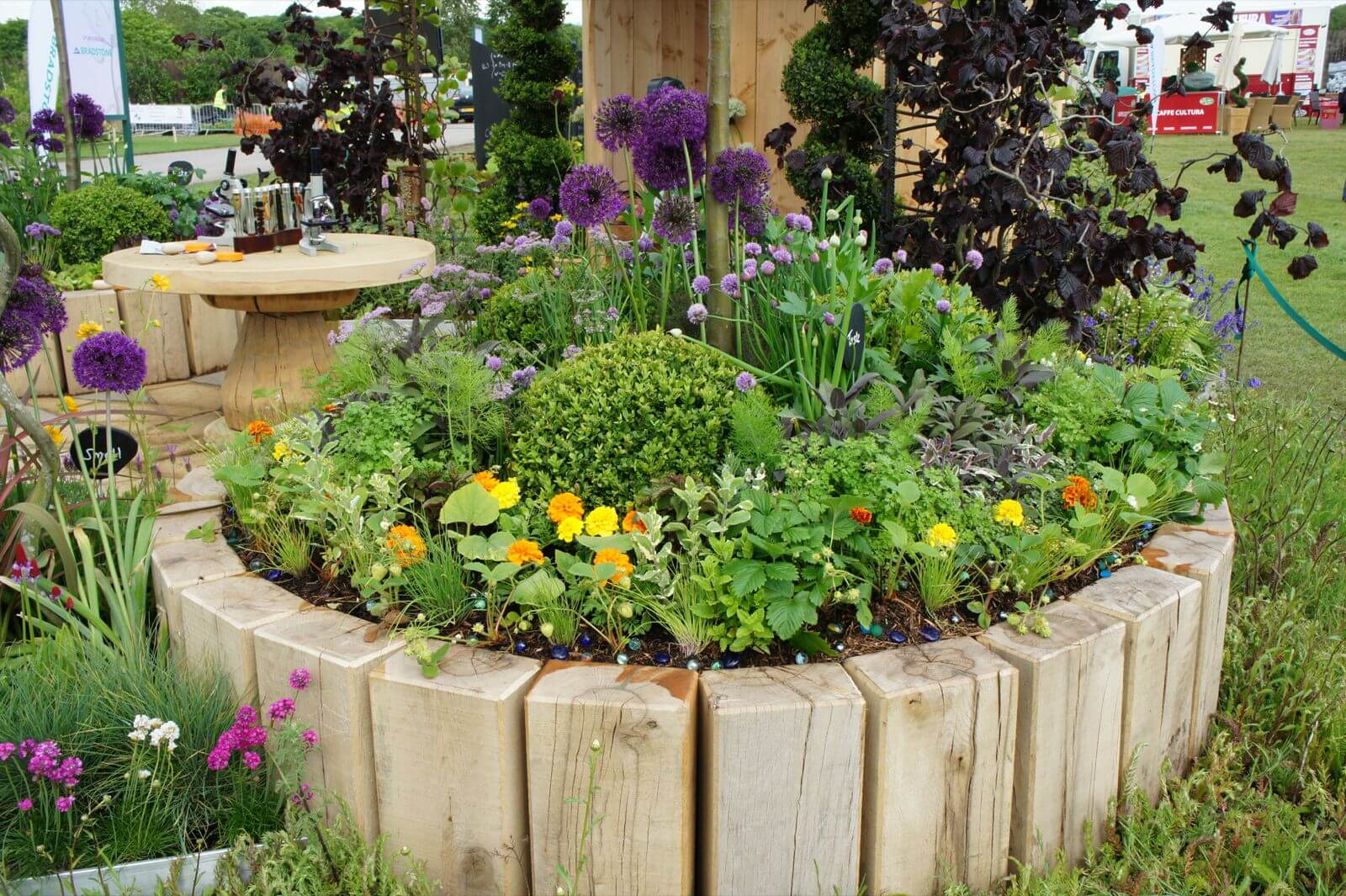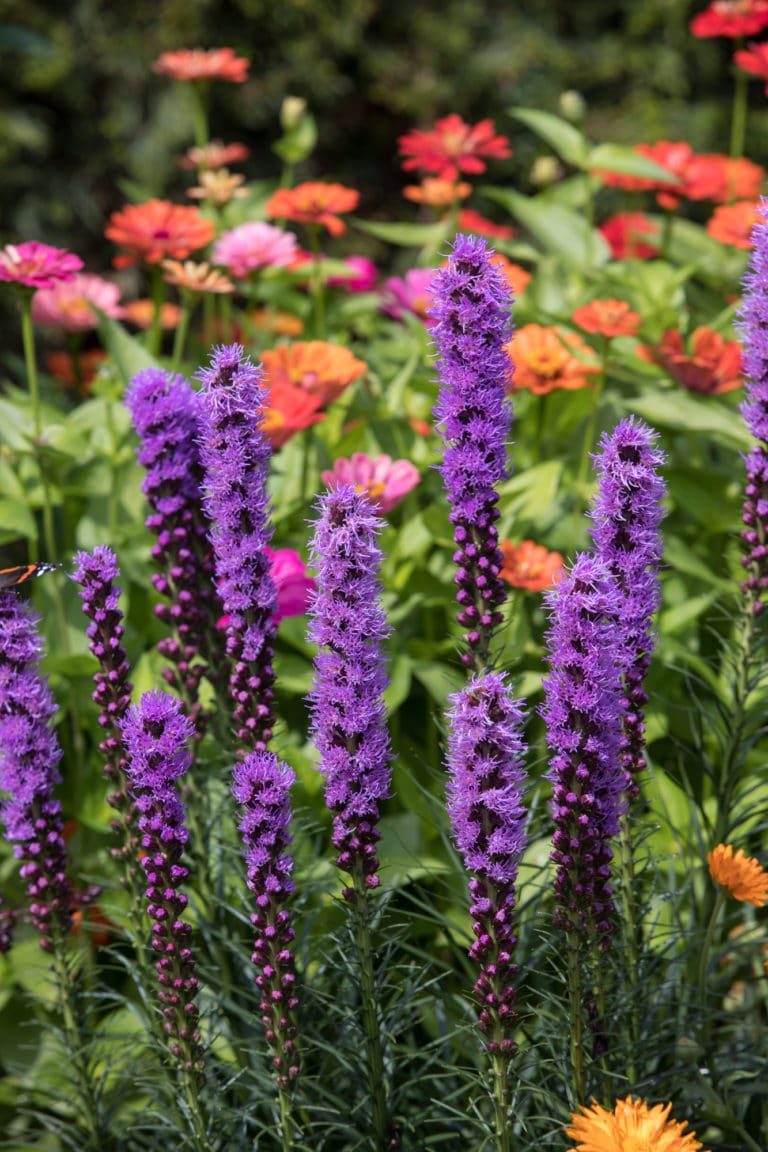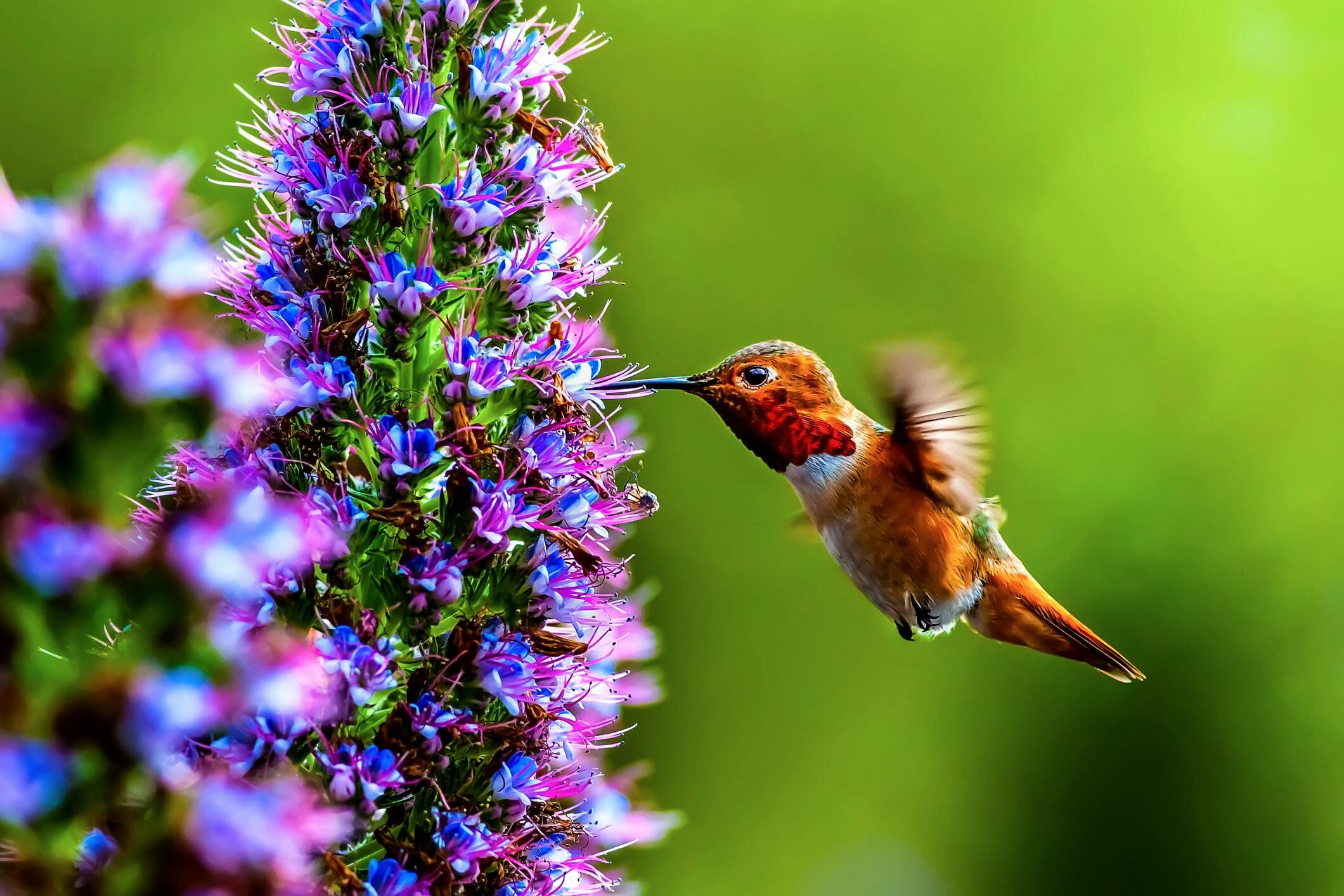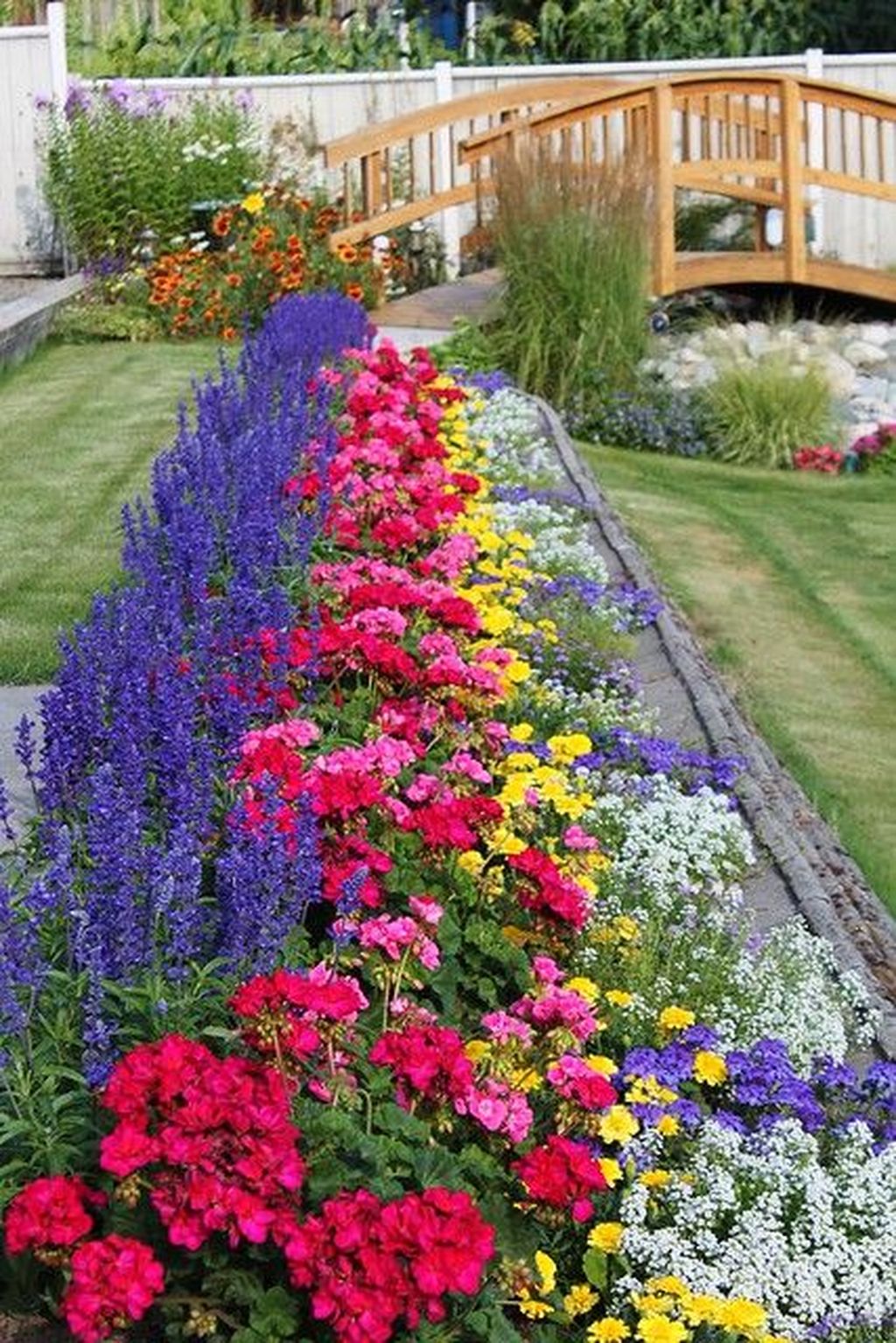How to Choose the Perfect Flowers for Your Garden Beds
Selecting the right flowers for your garden beds is crucial to creating a stunning outdoor display. With so many options available, it can be overwhelming to decide which flowers to choose. However, by considering a few key factors, you can make an informed decision and create a beautiful and thriving garden. Climate, soil type, and personal style are all important considerations when choosing flowers for your garden beds. For example, if you live in a hot and dry climate, you’ll want to choose flowers that are drought-tolerant and can thrive in full sun. On the other hand, if you live in a cooler and more shaded area, you may want to choose flowers that prefer partial shade and moist soil.
When it comes to personal style, think about the overall aesthetic you want to achieve in your garden. Do you prefer a modern and sleek look, or a more traditional and cottage-like feel? Choosing flowers that fit your personal style will help create a cohesive and beautiful garden. In this article, we’ll provide guidance on choosing the best flowers for your garden beds, including tips on how to assess your garden’s conditions and select flowers that thrive in those conditions. We’ll also highlight popular perennial and annual flowers, succulents, and drought-tolerant flowers that are perfect for creating a stunning outdoor display.
Whether you’re looking to create a low-maintenance garden or a vibrant and colorful display, we’ll provide you with the information you need to make informed decisions and choose the perfect flowers for your garden beds. With a little planning and creativity, you can create a beautiful and thriving garden that will be the envy of your neighbors. So, let’s get started and explore the world of flowers for garden beds. From perennials to annuals, succulents to drought-tolerant flowers, we’ll cover it all and provide you with the tips and advice you need to create a stunning outdoor display.
Understanding Your Garden’s Conditions
Before selecting good flowers for flower beds, it’s essential to understand the conditions of your garden. Different flowers thrive in various environments, and choosing the right flowers for your garden’s conditions is crucial for their survival and success. There are three main types of garden conditions: full sun, partial shade, and full shade.
Full sun gardens receive direct sunlight for at least six hours a day. These gardens are ideal for flowers that require a lot of sunlight, such as roses, marigolds, and zinnias. When choosing flowers for full sun gardens, look for varieties that are heat-tolerant and drought-resistant.
Partial shade gardens receive indirect sunlight for four to six hours a day. These gardens are suitable for flowers that prefer some shade, such as impatiens, coleus, and begonias. When selecting flowers for partial shade gardens, consider varieties that are adaptable to changing light conditions.
Full shade gardens receive little to no direct sunlight. These gardens are perfect for flowers that thrive in low-light conditions, such as ferns, hostas, and astilbe. When choosing flowers for full shade gardens, look for varieties that are tolerant of low light and moist soil.
To assess your garden’s conditions, observe the amount of sunlight it receives throughout the day. Take note of the time of day when the sun is strongest and the areas that receive the most shade. This will help you determine the best flowers for your garden beds. Additionally, consider the soil type and moisture levels in your garden, as these factors can also impact the success of your flowers.
By understanding your garden’s conditions, you can choose the right flowers that will thrive and create a stunning outdoor display. Whether you have a full sun, partial shade, or full shade garden, there are many beautiful flowers to choose from. In the next section, we’ll explore some popular perennial flowers that are perfect for low-maintenance garden beds.
Top Perennials for Low-Maintenance Garden Beds
When it comes to choosing good flowers for flower beds, perennials are an excellent option for low-maintenance gardens. These flowers come back year after year, requiring minimal care and upkeep. Here are some popular perennial flowers that are perfect for adding beauty and color to your garden beds.
Coneflowers (Echinacea) are a great choice for low-maintenance gardens. These drought-tolerant flowers come in a variety of colors, including pink, purple, and white. They attract butterflies and hummingbirds, adding a touch of wildlife to your garden.
Black-eyed Susans (Rudbeckia) are another popular perennial flower that requires minimal care. These bright yellow flowers with dark centers are perfect for adding a pop of color to your garden beds. They are also drought-tolerant and attract butterflies and bees.
Daylilies (Hemerocallis) are a low-maintenance perennial flower that comes in a range of colors, including yellow, orange, and purple. They are perfect for adding a touch of elegance to your garden beds and require minimal care.
To plant and care for these perennial flowers, follow these tips:
Choose a location with well-draining soil and full sun to partial shade. Plant the flowers in the spring or fall, spacing them 12-18 inches apart. Water them regularly during the first growing season, but avoid overwatering. Fertilize them lightly in the spring, and deadhead the flowers to encourage blooming.
By incorporating these low-maintenance perennial flowers into your garden design, you can create a beautiful and thriving garden bed with minimal upkeep. In the next section, we’ll explore some vibrant annual flowers that can add a burst of color to your garden beds.
Vibrant Annuals to Add a Pop of Color
Annual flowers are a great way to add a burst of color to your garden beds and create a stunning outdoor display. Unlike perennials, annuals complete their life cycle in a single growing season, but they can provide a vibrant splash of color to your garden. Here are some popular annual flowers that are perfect for adding a pop of color to your garden beds.
Marigolds are a classic annual flower that come in a range of colors, including yellow, orange, and red. They are easy to care for and can thrive in full sun to partial shade. Marigolds are also great for attracting butterflies and bees to your garden.
Zinnias are another popular annual flower that come in a variety of colors, including pink, purple, and white. They are easy to grow from seed and can thrive in full sun to partial shade. Zinnias are also great for attracting hummingbirds and butterflies to your garden.
Petunias are a versatile annual flower that come in a range of colors, including pink, purple, and white. They are easy to care for and can thrive in full sun to partial shade. Petunias are also great for hanging baskets and containers.
To incorporate these annual flowers into your garden design, follow these tips:
Choose a location with well-draining soil and full sun to partial shade. Plant the flowers in the spring after the last frost, spacing them 6-12 inches apart. Water them regularly, but avoid overwatering. Fertilize them lightly in the spring, and deadhead the flowers to encourage blooming.
By incorporating these vibrant annual flowers into your garden design, you can create a stunning outdoor display that will attract pollinators and wildlife to your garden. In the next section, we’ll explore the benefits of succulents and drought-tolerant flowers for water-efficient gardens.
Succulents and Drought-Tolerant Flowers for Water-Efficient Gardens
Succulents and drought-tolerant flowers are perfect for water-efficient gardens, as they can thrive in conditions with minimal watering. These flowers are ideal for gardeners who want to reduce their water consumption and create a beautiful outdoor space. Here are some popular succulents and drought-tolerant flowers that are great for flower beds.
Sedum is a popular succulent that comes in a range of shapes and sizes. It is perfect for adding a touch of elegance to your garden beds and can thrive in full sun to partial shade. Sedum is also great for attracting pollinators and wildlife to your garden.
Yarrow is a drought-tolerant flower that is perfect for adding a pop of color to your garden beds. It comes in a range of colors, including yellow, pink, and white, and can thrive in full sun to partial shade. Yarrow is also great for attracting butterflies and bees to your garden.
Lavender is a low-maintenance flower that is perfect for water-efficient gardens. It comes in a range of colors, including purple, pink, and white, and can thrive in full sun to partial shade. Lavender is also great for attracting pollinators and wildlife to your garden.
To care for these succulents and drought-tolerant flowers, follow these tips:
Choose a location with well-draining soil and full sun to partial shade. Plant the flowers in the spring or fall, spacing them 12-18 inches apart. Water them sparingly, as they are drought-tolerant. Fertilize them lightly in the spring, and deadhead the flowers to encourage blooming.
By incorporating these succulents and drought-tolerant flowers into your garden design, you can create a beautiful and water-efficient outdoor space. In the next section, we’ll explore flowers that attract pollinators and wildlife to your garden.
Flowers that Attract Pollinators and Wildlife
Creating a pollinator-friendly garden is essential for attracting bees, butterflies, and other wildlife to your outdoor space. By choosing flowers that attract pollinators, you can create a beautiful and thriving garden that benefits the environment. Here are some popular flowers that attract pollinators and wildlife to your garden beds.
Butterfly Bush (Buddleja) is a popular flower that attracts butterflies and hummingbirds to your garden. It comes in a range of colors, including pink, purple, and white, and can thrive in full sun to partial shade.
Coneflower (Echinacea) is a perennial flower that attracts bees and butterflies to your garden. It comes in a range of colors, including pink, purple, and white, and can thrive in full sun to partial shade.
Salvias are a popular flower that attract hummingbirds and bees to your garden. They come in a range of colors, including red, pink, and purple, and can thrive in full sun to partial shade.
To create a pollinator-friendly garden, follow these tips:
Choose a variety of flowers that attract different types of pollinators, such as bees, butterflies, and hummingbirds. Plant the flowers in a location with full sun to partial shade and well-draining soil. Avoid using pesticides, which can harm pollinators. Instead, use natural methods to control pests, such as attracting beneficial insects to your garden.
By incorporating these flowers into your garden design, you can create a beautiful and thriving garden that benefits the environment. In the next section, we’ll explore how to choose flowers that fit different garden styles, including modern, traditional, and cottage gardens.
Considerations for Different Garden Styles
When choosing good flowers for flower beds, it’s essential to consider the style of your garden. Different garden styles require different types of flowers to achieve the desired aesthetic. Here are some tips for choosing flowers that fit different garden styles:
Modern gardens often feature clean lines, minimal ornamentation, and a focus on functionality. To achieve this look, choose flowers that are sleek and modern, such as succulents, grasses, and architectural plants. Consider using a limited color palette and incorporating plenty of negative space to create a sense of calm and serenity.
Traditional gardens often feature classic, timeless elements, such as roses, peonies, and hydrangeas. To achieve this look, choose flowers that are elegant and refined, with a focus on pastel colors and soft textures. Consider incorporating ornate garden features, such as fountains and statues, to add visual interest.
Cottage gardens often feature a mix of flowers, herbs, and vegetables, with a focus on creating a charming, informal atmosphere. To achieve this look, choose flowers that are colorful and fragrant, such as roses, lavender, and sunflowers. Consider incorporating natural materials, such as wood and stone, to create a sense of warmth and coziness.
Regardless of the style of your garden, the key to creating a beautiful and cohesive flower bed is to choose flowers that complement each other in terms of color, texture, and form. Consider using a mix of annuals and perennials to create a dynamic, ever-changing display, and don’t be afraid to experiment with different combinations to find the look that works best for you.
By considering the style of your garden and choosing flowers that fit, you can create a beautiful and functional outdoor space that reflects your personal taste and style. In the next section, we’ll explore how to combine different flowers, foliage, and textures to create a stunning flower bed.
Putting it All Together: Creating a Stunning Flower Bed
Now that we’ve discussed the different types of flowers that are perfect for flower beds, it’s time to put it all together and create a stunning flower bed. Here are some tips on how to combine different flowers, foliage, and textures to create a beautiful and cohesive flower bed:
Start by choosing a mix of flowers that complement each other in terms of color, texture, and form. Consider using a combination of annuals and perennials to create a dynamic, ever-changing display. Don’t be afraid to experiment with different combinations to find the look that works best for you.
Next, consider the foliage and texture of the flowers. Choose flowers with different leaf shapes and textures to add depth and interest to the flower bed. For example, pair flowers with delicate, lacy foliage like ferns or hostas with flowers that have bold, statement foliage like succulents or cacti.
Finally, think about the overall design of the flower bed. Consider the shape and size of the bed, as well as the surrounding landscape. Use a mix of tall and short flowers to create a layered, dimensional look, and don’t be afraid to add some decorative elements like garden ornaments or trellises to add visual interest.
Here are some examples of successful flower bed designs:
A modern flower bed featuring a mix of succulents and drought-tolerant flowers, with a bold, geometric shape and a limited color palette.
A traditional flower bed featuring a mix of roses, peonies, and hydrangeas, with a classic, timeless shape and a soft, pastel color palette.
A cottage garden featuring a mix of colorful annuals and perennials, with a charming, informal shape and a mix of textures and foliage.
By following these tips and considering the different types of flowers, foliage, and textures, you can create a stunning flower bed that adds beauty and interest to your outdoor space.








